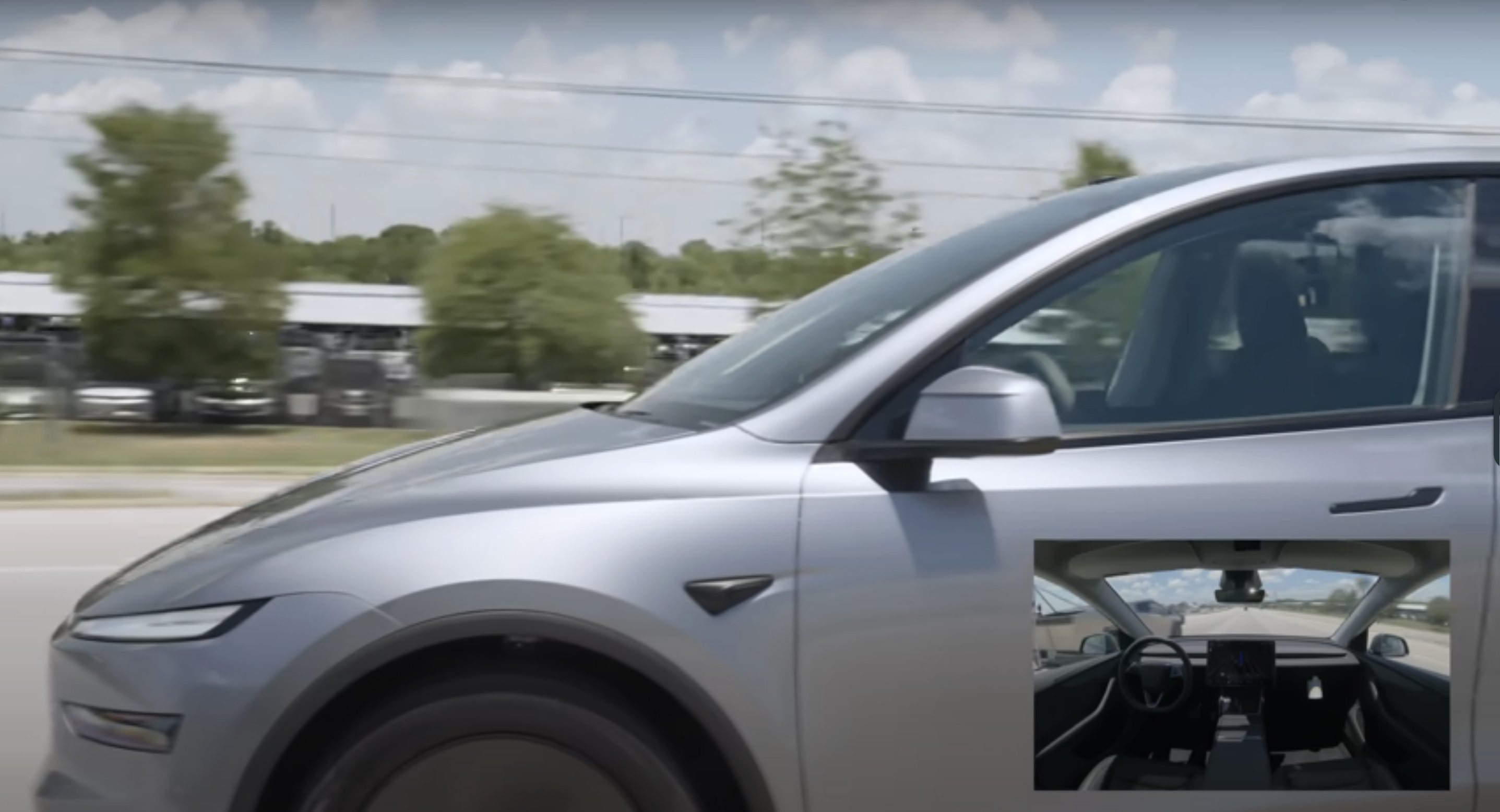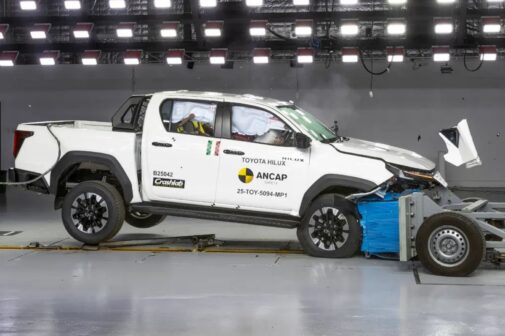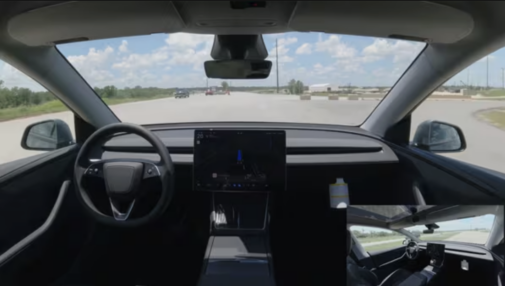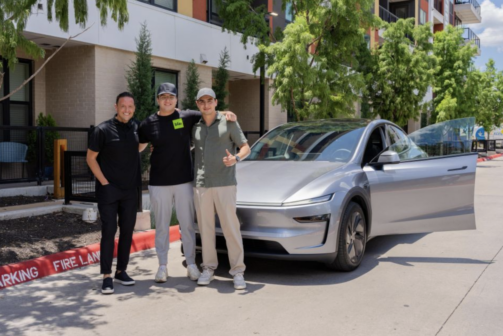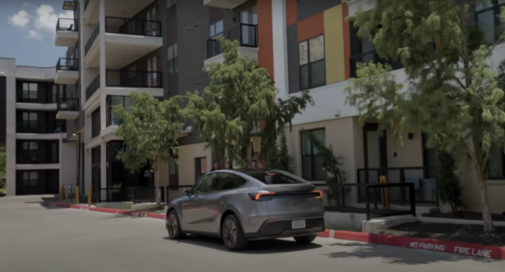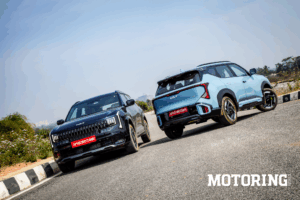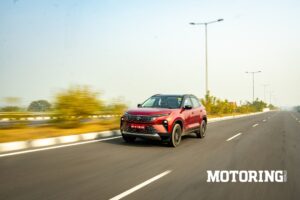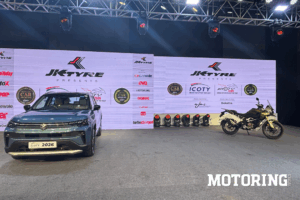In a groundbreaking moment for the automotive industry, Tesla has achieved what it calls a “world first”: a brand-new vehicle that drove itself completely autonomously from the factory to its new owner—without a human driver, remote operator, or any intervention. This milestone, accomplished using Tesla’s Full Self-Driving (FSD) software, signals a bold leap toward a future where cars operate independently from production to delivery.
The vehicle, a Tesla Model Y, embarked on a 30-minute drive from Gigafactory Texas to its owner’s home in Austin. Unlike previous demonstrations, which relied on safety drivers or remote monitoring, this delivery was executed entirely by the car’s FSD system. Tesla claims the vehicle navigated public roads, traffic signals, and intersections while adhering to all traffic laws—a feat that, if verified, could revolutionize logistics and last-mile delivery.
Tesla’s FSD technology relies on a combination of cameras, neural networks, and AI-powered decision-making to interpret road conditions in real time. While the system is still labeled “Beta” for consumer vehicles, this delivery suggests Tesla is inching closer to Level 4 autonomy, where cars operate without human input under specific conditions.
However, skeptics question the practicality and safety of fully driverless deliveries, particularly in complex urban environments. Regulatory hurdles also remain, as most regions require human oversight for autonomous vehicles. Tesla has not disclosed whether this delivery was sanctioned by local authorities or conducted as a private test.
The successful autonomous delivery demonstrates the potential for significant cost reductions in vehicle logistics. By eliminating the need for transport drivers and streamlining delivery processes, this technology could benefit both automakers and customers. Tesla’s achievement also intensifies competition in the self-driving sector, putting pressure on rivals like Waymo and Cruise to accelerate their autonomous vehicle programs.
However, several key challenges must be addressed before widespread adoption becomes feasible. Regulatory uncertainty persists regarding liability in driverless accidents, while public acceptance of fully autonomous systems continues to evolve. Technical hurdles, including reliable navigation through complex scenarios like construction zones and emergency situations, require further development. Looking ahead, this milestone aligns with Elon Musk’s vision of a “robotaxi revolution,” with Tesla planning to unveil its dedicated robotaxi platform later this year as the next step in advancing its Full Self-Driving technology.





